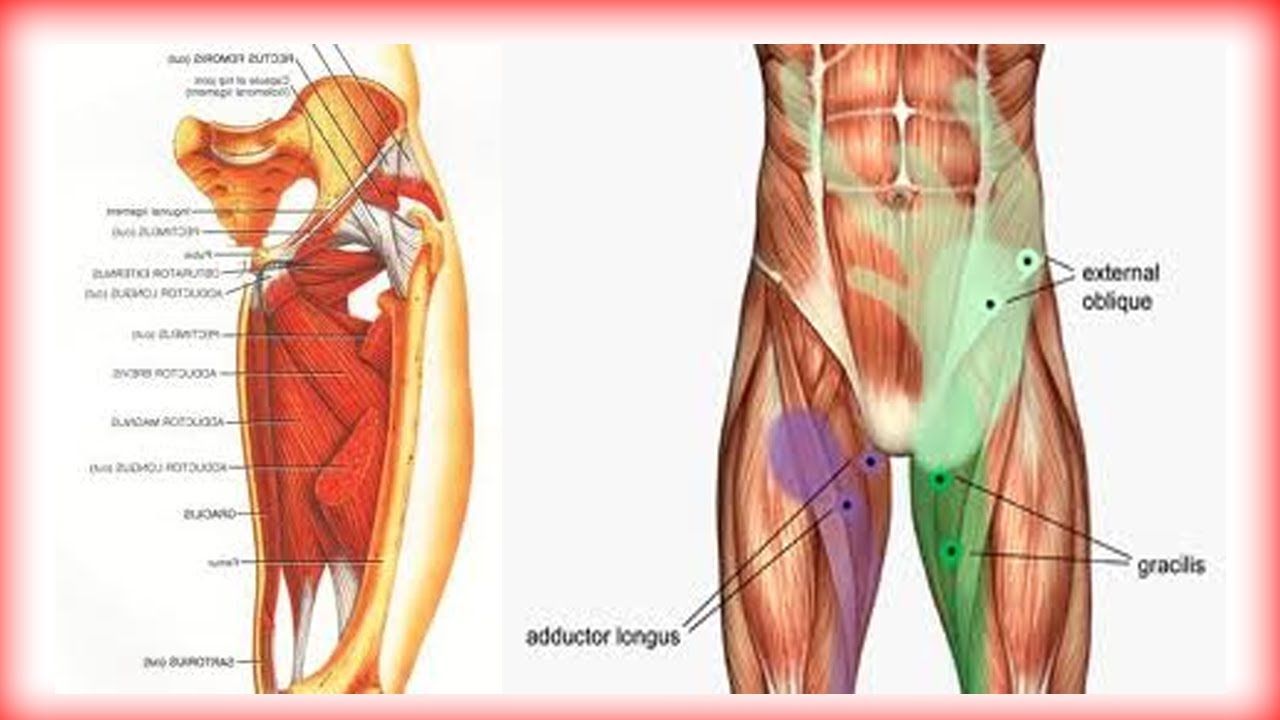Hip flexors have fundamental importance in our lives as they enable us to move our legs when we walk and in any direction we want. Any strain or injury due to overuse or strenuous activity can lead to pain in this location. Your daily life can be badly effective, without its accurate treatment. In physically active people like runners and hockey players hip flexor pain is very common. You may have a sensation of pain in the groin or hip area. Hip flexor pain can make our daily activity very painful like walking upstairs, or lifting legs to tie shoes.
Symptoms Of hip Flexor Pain
Hip flexor pain may appear gradually or develop due to a trauma, like a fall. Many people suffering from hip flexor pain can face the following symptoms.
- Persistent aching discomfort or pain or in the hip, groin.
- Down range of motion when bending, running, kicking, lunging.
- Bruising, Tenderness, or swelling, and in the groin, or upper leg
- The affected area may hurt upon pressing
- Hip pain when walking
- Muscle cramping or spasms in the lower region
- Weakness in the groin region
- Change in gait, due to pain, decreased range of motion, and other factors affect sitting and walking.
- Hip flexor pain is typically worse during specific movements, certain activities
- Prolonged sitting,
- such as sitting during the day at an office job or on a long car trip.
- Ascending up or down the stairs.
- Bending the knee to the chest (for example, to tie a shoe).
- Bending over to pick something up.
- Pushing the affected leg to change direction while running or skating.
People do not have to identify with all these triggers to have hip flexor pain.
Causes Behind Hip Flexor Pain

Mostly, hip flexor pain happens when hip flexor fibers are torn. Major causes of hip flexor strains include:
-
Overuse
At work or performing any activity such as sports doing work in the same motion can lead to overuse syndrome.
- A lack of Flexibility
If your muscles are tighter, and your body is not flexible, then hips become more vulnerable to strains.
- Traumas
Traumas such as car accidents falls can result in hip flexor strains too, particularly if you suddenly stress your muscles to brace during a fall or for an impact
-
Iliopsoas Bursitis
Inflammation of iliopsoas bursa leads to Iliopsoas bursitis, a painful condition. The iliopsoas bursa itself is a fluid-filled, small sac present between the iliopsoas muscle and front of the hip joint. This type of injury is mostly seen in highly active sports, like soccer, or ballet. Arthritis is sometimes the leading cause of Iliopsoas bursitis.
- Hip Impingement
In most active adults like athletes, hip impingement occur due to abnormal bone growth. It may result in hip pain, normally in the groin area, and a decreased hip range of motion.
- Hip labral Tear
The hip labrum has a special place as it allows a significant level of motion. It is a strong and flexible cartilage, the outer edge of the hip socket is rimmed by it. If labral cartilage gets damaged, it may lead to dull, deep pain in the groin area or front hip. Labral tears are common in people who use to play active games like turning, kicking, or running.
-
Osteoarthritis
The most common type of arthritis is hip arthritis, which occurs upon the wear down of protective cartilage in the hip joint with the passage of time. This cartilage decreases the friction between the hip's socket and ball and during joint motion. Osteoarthritis may cause loss of flexibility, hip stiffness, and tenderness.
What Treatments Are Available For Hip Flexor Pain?

There are many remedies presented by fort worth pain consultants which can help in treating hip flexor pain and are also helpful in easing muscle tension. One of the most popular methods is RICE that is effective for mild to moderate pain and reduces inflammation. Here is described the best treatment for Hip flexor pain.
- Rest is the best way to stop further damage. Once you feel yourself hurting, try to avoid that activity for some time.
- Secondly, the place where you are having pain sensation, apply an ice pack many times to decrease inflammation.
- If your thigh muscle is affected, a wrap or a compression bandage around the area can decrease inflammation and stabilize the leg.
- After strain or injury, try to elevate your leg just above your heart with a cushion or pillows to minimize swelling.
- Over-the-counter pain relievers like ibuprofen, acetaminophen, or naproxen sodium can help temporarily. If you are taking any medicine, check with your physician because medications can have interactions.
- Low impact exercises such as leg raises can remove stress and lengthen hip flexor muscles.
- Try to warm up your muscles with a normal walk before stretching to prevent further damage.
- Chances of surgery for hip flexor pain are rare. But surgery may be required to repair the tendons, muscles, or ligaments upon a severe grade-three tear.
- After performing image tests like CT scan, MRI or X-ray, an orthopedic physician will determine your chances of surgery.
Summary
Hip flexor strains can be uncomfortable and painful, but rarely causes serious concerns. Healing of this disease depends on the severity of the injury. However, it is normally a few weeks for mild stress and mostly 6 weeks for more serious injury. Resting and preventing activities is very effective in giving a person a high chance of healing and recovering quickly.






